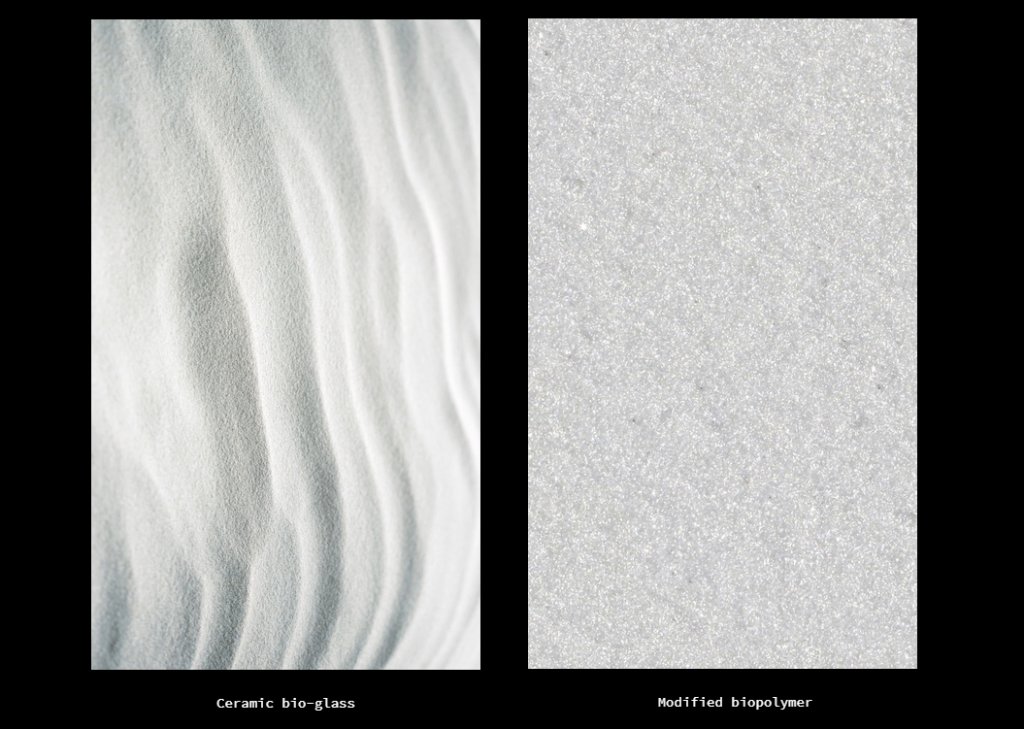Ukranian ceramic 3D printing service provider Kwambio and Estonian early stage investment firm WeFund Ventureshave launched a new 3D bioprinting project.
Named ADAM, the aim of this joint initiative is to develop an end to end 3D scanning and 3D printing process for the production of artificial bones. The vision is that these bones will one day be suitable for use as medical implants, helping to stem the globally growing waiting list for organ transplants.
An ambitious claim, the initiative has already gained the support of the 2019 STANLEY+Techstars additive manufacturing accelerator program. At present, if milestones have gone according to plan, the ADAM team should have completed the installation of required lab equipment and be nearing the completion of its “digital platform” development for the workflow. In regulatory milestones, quality management system development should also have begun.
Volodymyr Usov, CEO at Kwambio and ADAM, comments, “The key reason for us to launch this project is to help people save their lives.”
3D printed bones on demand
Located in New York in the U.S., London in the UK, and Odessa, Ukraine, Kwambio provides ceramic 3D printing as a service, and is currently developing its own range of 3D printers. Materials used for ceramic 3D printing are also proprietary inventions of the company, one a clay-based porcelain and the other a glass-based additive. According to the company its partners include Stanley Black&Decker, GE and Airbus.
In the ADAM Project, Kwambio will be applying two new materials to the creation of suitable implants. The first is a PCL-based biopolymer with added hydroxyapatite (the main constituent of natural bone). The second is a ceramic bioglass combining hydroxyapatite with thermal shock-resistant borosilicate glass. Each one will serve a different purpose, as the project describes “Defects in bones that do not bear direct physical exertion and perform only protective and skeletal functions (bones of the skull, upper and lower jaws), could be treated with ceramic bioglass implants, while modified biopolymer would be used for defects in tubular bones.”
Eventually, these material formulations will also hopefully be made to dissolve within the body, avoiding the current requirement for further operation. Both materials developed by ADAM have so far been successfully tested by a team at Lund University, Sweden.

In addition to materials, the ADAM project seeks to create a cloud-based platform that enables the 3D printing of custom bone implants on demand. At present, the first step of this process would require 3D scanning the bone in question to create a patient-specific model. Once that step is completed, the implant would be 3D printed using either binder jetting or material extrusion technology.
The path to medical certification
There is typically a lot of hype surrounding projects that have real potential to change people’s lives and improve their health. On this note, it’s important to point out that such a capability is not yet possible, though the ADAM project envisions entry into clinical trials in the latter half of 2019.
Already it has taken companies years to achieve medical classification for 3D printed implants made from traditional materials like PEEK and titanium. The area with the biggest success rate to date has arguably been the spine, however complex maxillofacial implants have also proven effective, especially in extreme cases where no other solution is possible. Millions have also been allocated to the development of 3D printed bone implants by leading industry names.
Closing comments on the new ADAM project Denys Gurak, partner at WeFund Ventures and Chairman of the Board at ADAM, stated, “We do believe in the potential of the team, which previously has launched successful 3D printing projects that already gained a lot of attention. And we hope that ADAM will bring this endeavor for innovations to the next level.”
Vote now for your Medical Application of the Year in the 2019 3D Printing Industry Awards.
For more 3D bioprinting news subscribe to the 3D Printing Industry newsletter, follow us on Twitter and like us on Facebook. Seeking jobs in engineering? Make your profile on 3D Printing Jobs, or advertise to find experts in your area.
Featured image shows a still from the “Adam Project – 3D Bioprinting Bones Solution” video. Image via ADAM Project on YouTube


